 Hall of Fame
Hall of Fame Hall of Fame
Hall of FameThis section is being updated
This section is being updated
RAW IMAGES FOR UPDATE 1



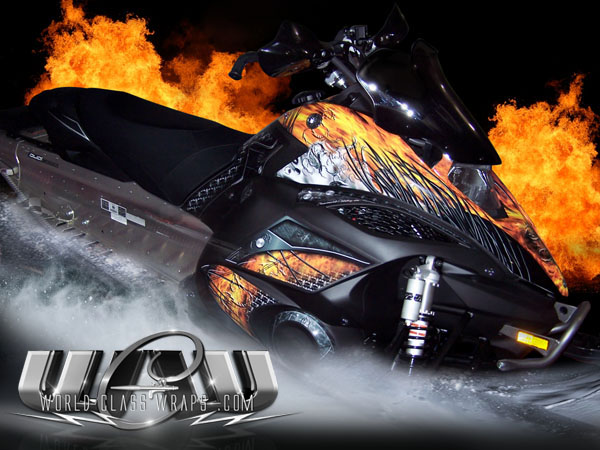












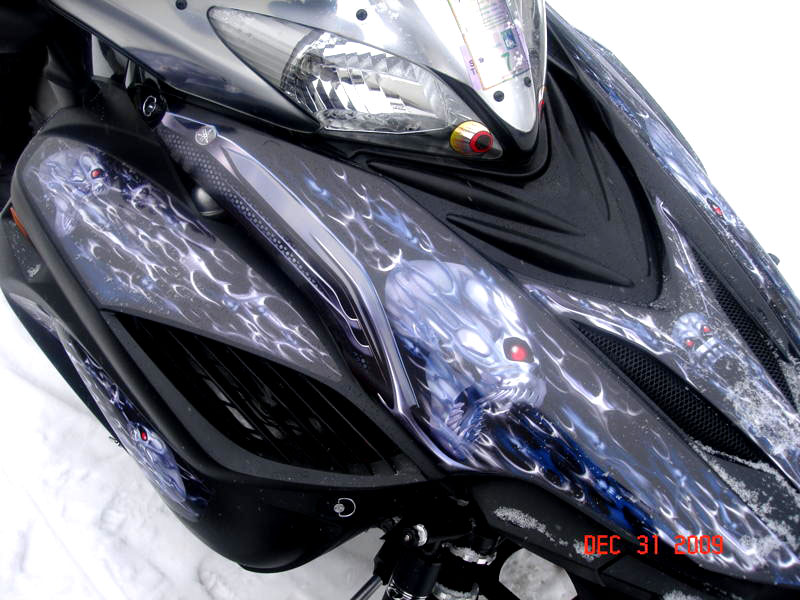




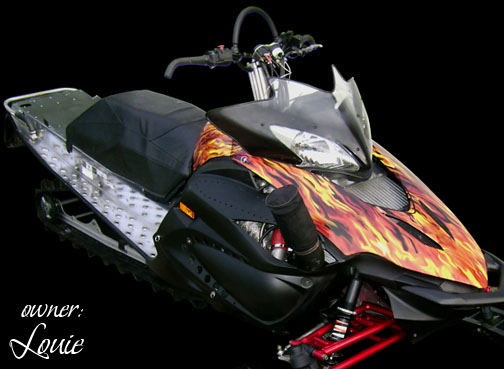








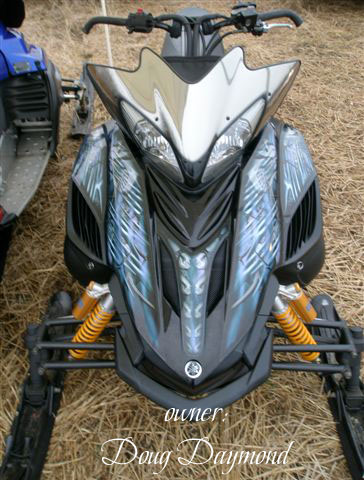




















PWC








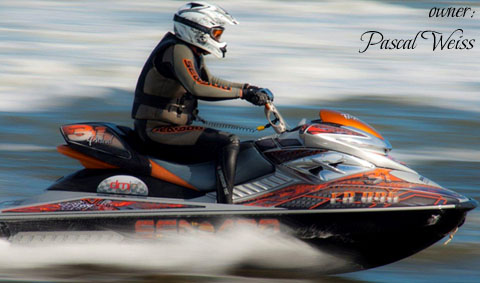

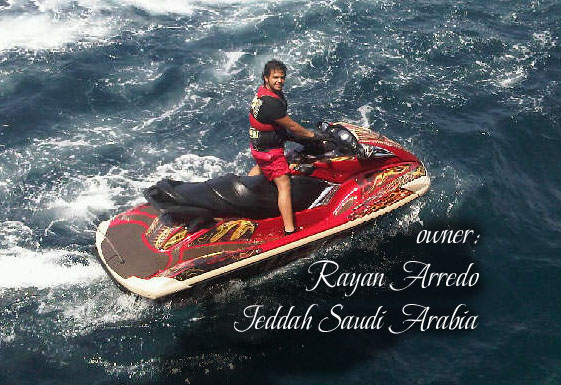









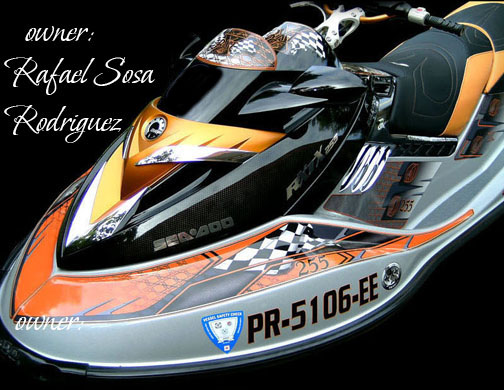

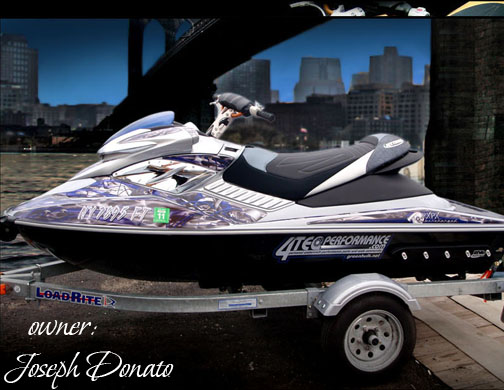


can-am SPYDER






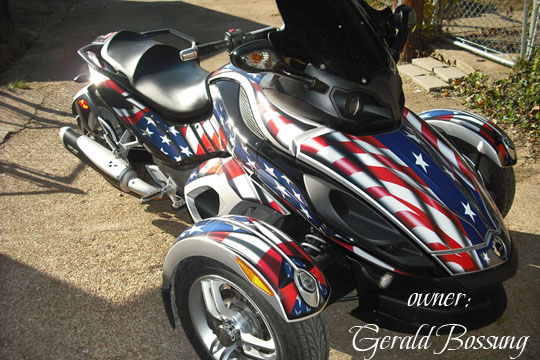






ATV











OTHER


When you glide your finger across the surface and hear it squeak, you'll know it's good to go. Doing so will insure positive results when installing your new graphics package. It will also offer you years of trouble free enjoyment and appeal as the special adhesives will bond better to the surface.
Start by washing your machine to remove salt, dirt and sand. Then wipe everything down with rubbing alcohol before starting. This will ensure that grease or wax on the panels has been addressed. Some industrial automotive products work even better than the rubbing alcohol, but be sure to test on an unseen area first, in case there are unwanted side effects. This you'll see in seconds.
NEVER use Acetone or Lacquer thinner unless the surface you are working on can take such aggressive cleaners.
If you have pealed off old stickers and there is some adhesive left behind, apply a generous amount of Paint Thinner or Mineral Spirits to a soft cloth and hold it on the area for 5 seconds before wiping. You'll want to proceed in a circular motion and this should work perfectly for adhesive removal. Keep in mind that those products are Petroleum based and leave a slight oily residue behind that will prevent good adhesion. So wipe that area once again with the alcohol. If it squeaks, you're good to go!
'Squeaky clean' Dirt, grease and wax free. 'Working environment' You'll want to work in an environment with good lighting and in an ambient temperature in the 70's or higher. A heated shop or garage is perfect, though if one isn't available, you might prefer removing the panels and bringing them inside your home to work on.
Warm plastic plus warm graphics make for an easy install. You might also want to set up some halogen quartz lighting, (like work lamps), to heat up the working environment. This will promote the adhesion. If it's too cold, you won't have the same success.
'Smooth and rough surfaces' If your graphics are going on a smooth plastic surface, you'll want to do the 'wet application'. If being applied to low energy black plastics which are not completely smooth, though have a texture on the surface, you'll be better off applying dry for best results. The media used for those textured black plastics has double the thickness of adhesive on the backside, so that it can be pushed down into the grain of the textured plastic which is somewhat like the skin of an orange. If you were to use the wet application in that instance without prior experience, it may take longer for the water to gas out from behind. And if it's still wet and freezes before the adhesive takes effect, this might shorten the life you were expecting from the graphics and may not be covered by warranty.
'Wrap' media, which is thinner and designed only for smooth surfaces, can be applied both wet or dry, depending on temperature. Per say, if doing wrap installation in blazing summer heat on a smooth surface, it might make it difficult to move the graphics around and control. In this case, you may need to apply 'wet' as it will buy you time. On the other hand, if you have experience with 'wrap' media, you might find it advantageous and beneficial for all that heat, particularly if wrapping an organic shaped surface that has very sharp curves.
Overall, wrap media should be applied dry as it was engineered to make the installation process less frustrating and will contour quite easily.
'Precut kits vs. off-the-roll pull and stick' Precut graphics are just that. They are fully cut to the shape they will be installed onto, and don't have a surrounding edge of any kind. The benefit of precut graphics is that you can use low tack painter's tape to set all the decals into place in their respective areas before sticking them down. This offers you the opportunity to get acquainted with the panels, shapes, and to get them setup perfectly and balanced from one side to the other if you desire, before sticking them down permanently.
The precut detailed processing is rarely available due to the time it takes to process, though the benefits of fully cut out graphic panels make the easiest, most forgiving and most accurate installations.
If your graphics came on a roll and are not fully cut out and just outline-cut, you won't be able to use this method and will have to apply them as is. ( pull and stick)
Here are a few worthy tips to keep your investments looking great and your machine from daily exposures causing premature old age.
Putting your sled into a sealed steel container and leaving it to bake in that oven under the sun throughout the summer 'off season hibernation' is the opposite to the fountain of youth. It's sure to affect many parts and the cosmetics.
Without proper cooling and/or ventilation, many of the materials which make up your machine (such as rubbers and plastics) will suffer a shorter lifespan as result.
Many parts are engineered from chemistry (petroleum), and some of the ingredients which keep parts comfortable, insulated or flexible, may tend to dry out and crack with the risk of leaving you stranded when you least expect it.
Vinyl products can also be affected, such as seat covers, saddle bags and decals.
Plastic panels succumb to elements too, as they tend to expand and contract in size relative to their temperature.
Hot by day, cool by night repeated for several months, and shapes could become distorted. Heavier plastics may tend to sag in heat, so take care of your sled like you would your dog :)
'Show and shine'
If you're anything like the author of this site, and you keep your machines well maintained and looking and performing their best, a fresh coat of wax from time to time will keep your graphics looking like new!
It's not only about keeping it shiny, though waxing will keep anything from sticking to the finish and make it easier to wash down if it needs a bath.
Remember, always apply in a circular motion and buff clear with a soft fabric cloth.

Because........ it WORKS!
WORLD WIDE COPYRIGHT © peter grant, world class wraps/snowmobile detailing